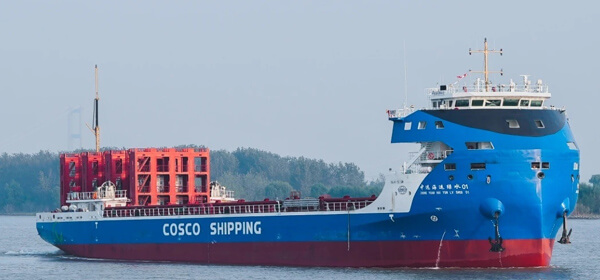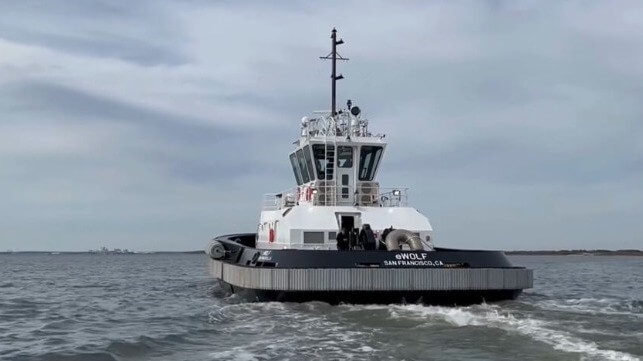Opinion
How should Keir Starmer take on 2024? By looking back a century to Labour’s first government
Martin Kettle
Wed, 27 December 2023

Illustration: Nathalie Lees/The Guardian
Next year’s general election will be the 22nd in Britain’s postwar history. Only a handful of these can be described as pivotal. Three stand out: Clement Attlee’s Labour victory in 1945, Margaret Thatcher’s Conservative win in 1979 and, more debatably, Tony Blair’s Labour landslide in 1997. Boris Johnson’s 2019 win might have been a fourth, but it has proved a lurch into a cul-de-sac. Today we may possibly be on the threshold of another of these rare change-making elections. Scepticism about that prospect is sensible.
As time passes, individual elections cease to echo with shared meaning as they once did. There is, though, one more pivotal general election that ought to resonate today. It took place exactly a hundred years ago this month. And it still makes three relevant calls on today’s politics.
In ascending order of importance, these calls are: as a catastrophically mistaken piece of general election timing; as the election that produced the most hung of all the hung parliaments in the UK’s democratic era; and, by far the most important of all, as the election that produced Britain’s first ever Labour government.
Britain has never experienced an election like the one that took place on 6 December 1923. It was wholly unnecessary. The Conservatives had won a large majority only 12 months previously under Andrew Bonar Law. He then retired because of terminal cancer. His successor, Stanley Baldwin, wanted a policy U-turn in favour of protectionist tariffs on imports, so called another election to win a mandate.
The result was disastrous for the Tories. They were reduced to 258 MPs, with Labour now on 191 and the divided Liberals 158. Only a coalition or a minority government was now viable. The opposition parties would not support the Tories, but would not form a coalition themselves. A minority government beckoned in a hung parliament.
But a minority government of which party? The Tories were the largest party but had just been voted out. The next alternative was no longer the Liberals, but Labour. For six weeks over Christmas, Baldwin hung on, only to be defeated by 72 votes when parliament finally met. On 22 January 1924, Ramsay MacDonald became prime minister in Britain’s first Labour government.
The Britain of 1924 was in so many ways another country compared with the Britain of 2024. The new prime minister was the illegitimate son of a Moray ploughman. The Russian revolution was seven years old. “Today 23 years ago dear Grandmama [Queen Victoria] died,” wrote George V in his diary. “I wonder what she would have thought of a Labour government.”
There had never been a government made up of industrial workers either. Nor one containing a woman, the Somerset shop worker Margaret Bondfield. The new colonial secretary was a Welsh engine driver. The home secretary a Glaswegian iron moulder. Three ministers had worked in the coalmines. Many of Britain’s traditional rulers were genuinely terrified. Some of them were determined to ensure that it failed.
If Keir Starmer becomes prime minister, his move into Downing Street will be smoother than MacDonald’s. In particular, he will hope to govern with the majority that MacDonald lacked. Starmer will look to govern for years, not the mere months that the first Labour government inevitably and rightly expected before it was brought down in October 1924.
Starmer would also inherit a British state that is more comfortable with the rule of law and with checks and balances than the UK of a century ago. His patriotism would not be questioned, as MacDonald’s was in the wake of his opposition to the first world war. He would expect the full loyalty of the military, the police and the security services. MacDonald could not do the same.
But there would be many parallels with 1924, too. Labour in 2024 would take power amid government austerity and in the wake of a pandemic. It would be determined to win the trust of the financial markets and to make an ethical mark in foreign policy. It would be under internal pressure to make a material difference for the poor. The unions would want a shift in workplace power. Housing reform would be a priority. And there would be battles between those who believe governing and re-election to power is the priority, and those who are more comfortable in opposition, condemning Labour leaders as betrayers of the socialist faith.
Unlike MacDonald the pioneer, however, Starmer would lead a party that now knows it is not Britain’s natural party of government. He would know, as MacDonald could not, that the breakthrough of 1924 did not usher in a century of Labour rule. It was to be a Tory century, and it still is. Labour has governed for 33 of those years, and produced six prime ministers, only three of whom have won general election overall majorities. The Conservatives’ figures are 67 years, 14 prime ministers and 10 overall majority winners.
Related: Keir Starmer tells Labour frontbench to ready policies for spring election
Labour’s centenary as a governing party is nevertheless an anniversary to be taken seriously by all who will follow the fortunes of a possible Starmer government. Expect a clutch of books, including Peter Clark’s The Men of 1924, Jon Cruddas’s A Century of Labour and David Torrance’s The Wild Men, all written with wit and commendable succinctness and most featuring photos of the now all but forgotten Labour figures who first trod the corridors of power: Arthur Henderson, JR Clynes, Jimmy Thomas, Philip Snowden and MacDonald himself.
If nothing else, the centenary is an opportunity to resume the work begun by David Marquand’s 1977 biography, and restore MacDonald to the position he deserves as a major Labour leader. He was a fundamental part of Labour’s still unfolding and often contradictory story. He should no longer be dismissed merely as a traitor to the cause who, in 1931, formed a government with the Tories and whose name can barely even be mentioned in the party’s long journey from Keir Hardie to Keir Starmer.
But the centenary is worth more than that. It is a chance to understand the deeper reasons that underpin Labour’s defeats and difficult decades. It is an occasion to ask, again, whether the strands that Cruddas sees as crucial to the Labour experience – the ethical, the welfarist and the liberal – can be reconciled more creatively in the future than they have been in the past. It is a moment to try again to clarify what Labour’s governing objectives actually are and should be.
And it is a very timely opportunity to reiterate the advice of Henry Drucker when he wrote in his book Doctrine and Ethos in the Labour Party that Labour’s doctrinaires of both left and right “would be better employed rethinking their doctrines than trying to win the party to what are, by now, rather threadbare ideas”. Hopefully, it may also not be too late.
Martin Kettle is a Guardian columnist
Peter Walker Deputy political editor
Thu, 28 December 2023

Photograph: Jessica Taylor/UK parliament/AFP/Getty Images
A catastrophic election defeat could lead to the parliamentary Conservative party tilting towards the populist right, Guardian analysis has indicated.
A projection of the seats the Conservatives would retain if there was a further two percentage point swing to Labour before election day, using data from Electoral Calculus, shows that about 40% of the remaining MPs would come from this wing of the party.
In less calamitous defeats – scenarios based on current polling levels, and on a situation where there is a two percentage point swing in favour of the Tories – the proportion would be nearer to 30%, roughly where it is now.
The analysis came amid talk of the Tories mulling over holding a general election in May. The speculation was spurred this week by the chancellor, Jeremy Hunt, announcing an earlier-than-usual date for his spring budget. The Labour party has welcomed the rumour.
The raw Electoral Calculus data also shows how, unless the polling improves, the Conservatives could lose huge numbers of seats. If an election were held with polling as it is now, the projection suggests the Tories would plummet to just 125 MPs, down from 365 in 2019. A 2% swing in their favour would bring the number to 175 – but a 2% shift away would leave the party with just 72 MPs.
It is in this last scenario that the dominance of the populist right would be strongest, both in terms of numbers but also by the metric of which leading MPs from each wing remain.
Kemi Badenoch and Suella Braverman, seen as the frontrunners to succeed Rishi Sunak from the party’s populist right, have such safe seats that they would keep them under any scenario. But in the worst case for the Tories, only Hunt and James Cleverly would survive as big-name centrist Conservatives.
Penny Mordaunt, seen as another contender from the centrist wing, would not keep her seat under any of the three Electoral Calculus scenarios used for the study.
While such judgments are necessarily subjective, the Guardian based the numbers on MPs known to be members of hard-right or culture war-sympathetic factions – such as the Common Sense Group and New Conservatives – or to have regularly expressed such views.
Other key caveats to the analysis include the impact of boundary changes, and how in some seats either a candidate has not yet been selected or is not yet an MP and thus, in almost all cases, their ideology cannot be gauged. This covers between 15% and 20% of the post-election MPs, depending on the results.
Much could depend on those new MPs, but over time the Conservative party has edged closer towards the sort of populism embraced by European hard-right leaders such as Hungary’s Viktor Orbán and Italy’s Giorgia Meloni, as illustrated by the turnout of Tories at May’s National Conservatism conference in London.
Arguably the safest expectation is that a post-Sunak contest would end up as a bitterly fought battle between the party’s right and centre. Given that the final choice would be made by members, who tend to be further to the right than the parliamentary party, it is possible they would, as with Liz Truss, choose someone who does not inspire complete confidence among MPs.
Martin Baxter, the chief executive of Electoral Calculus, said under the current polling consensus the Conservatives would end up with fewer than 200 seats.
He said: “This analysis shows that the party will still be split between its left and right wings, and it will still face an existential question about what it stands for. The right would still be a minority, so continued conflict would be a real possibility.”
David Jeffery, a senior British politics lecturer at the University of Liverpool, co-authored a study earlier this year that looked at similar projections showing which Tory MPs could emerge from a defeat. This pointed to other big changes, such as a potential near wipeout of the party’s northern-England MPs.
Jeffery said this project concluded that the most likely scenario was division. “The core finding was that if Rishi Sunak or a leadership contender is hoping that, post-defeat, the Conservative parliamentary party is going to skew one way or the other, then that is their mistake. Really, it’s going to be as divided as it is now,” he said.
“There will be some pressure on the party to regroup in a defeat, but this might be optimistic. Normally, you’re united in office and then you come apart in opposition, but the Conservatives have been fighting each other in office.”




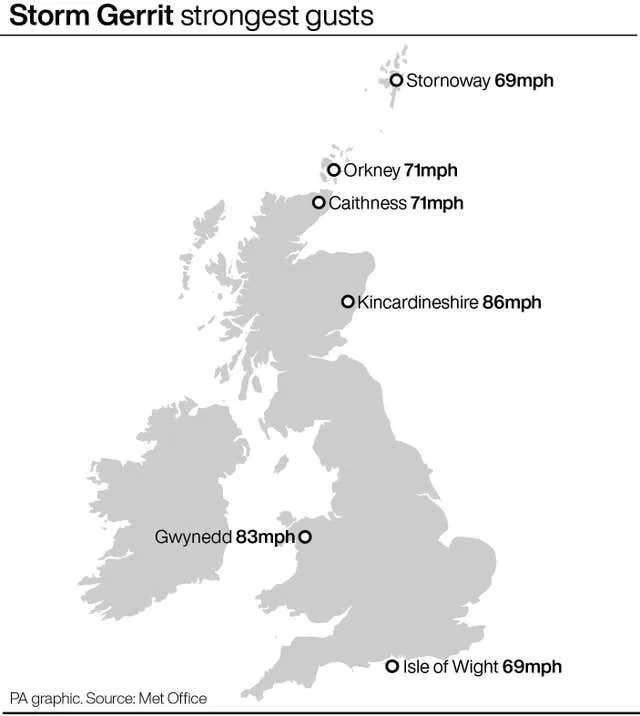





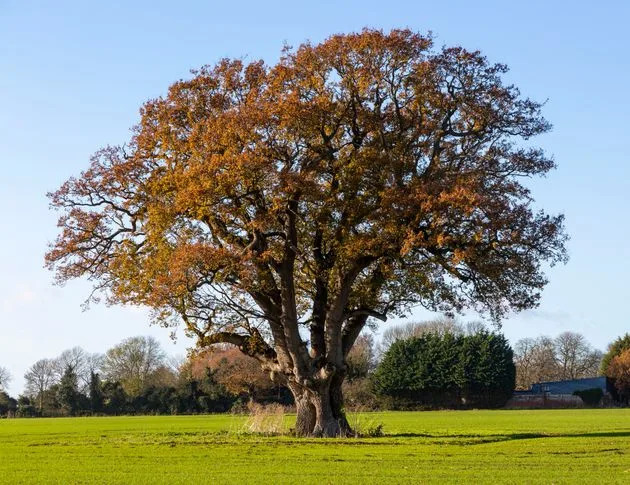


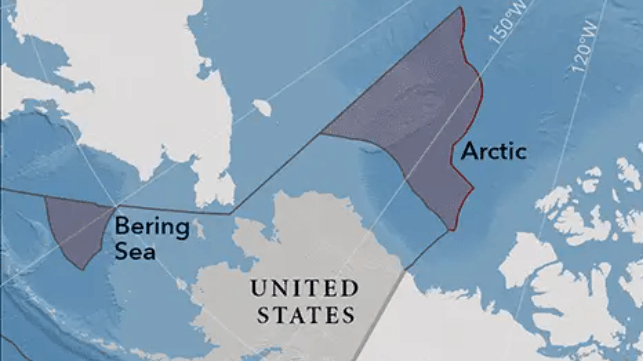

 USNS Salvor off Yakushima (USN)
USNS Salvor off Yakushima (USN)

